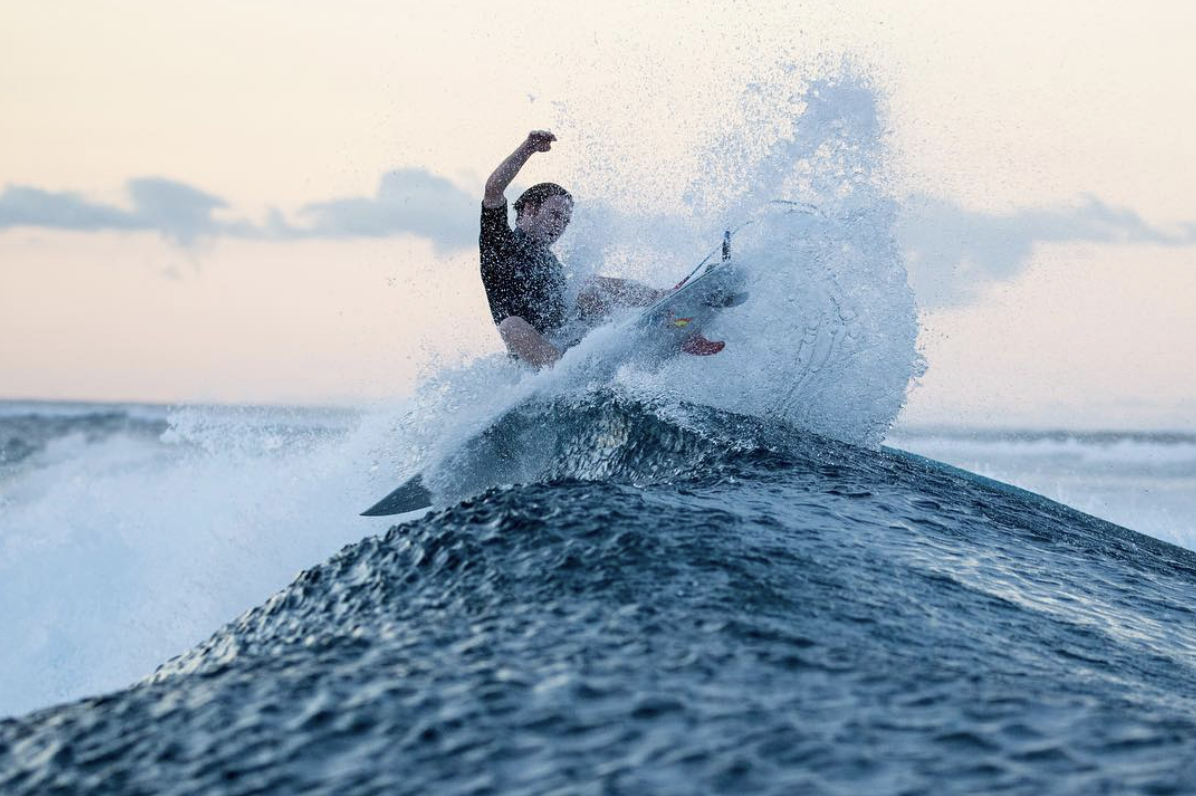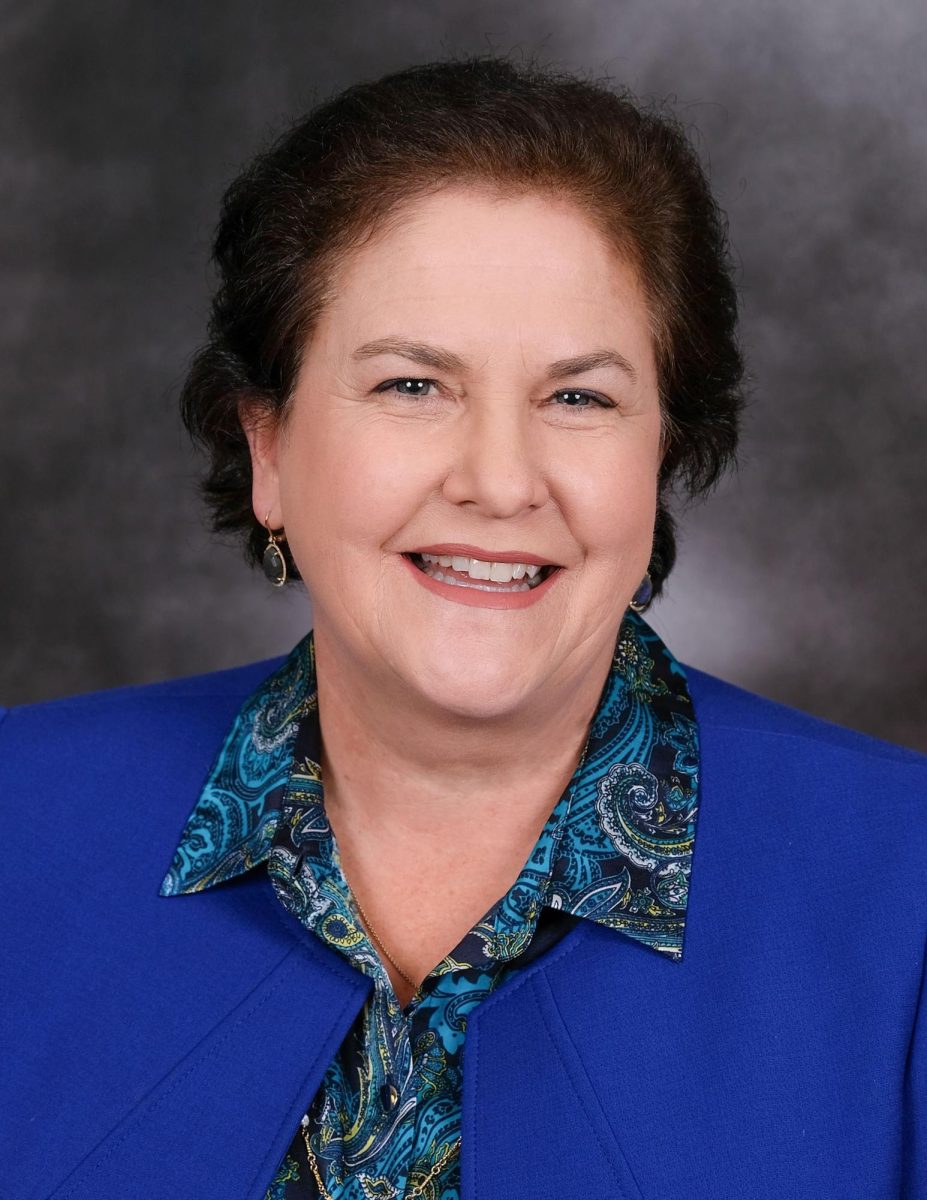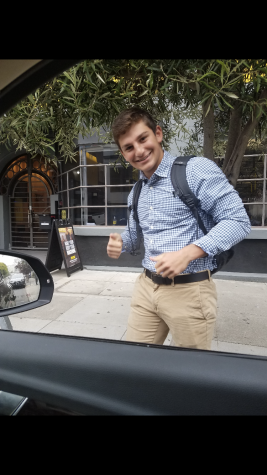Upbeat music hums lightly in the background as the Tam Twirlers shuffle onto the dance floor and into their starting positions. As the caller yells out different commands, each pair of square dancers steps to the rhythm. After a sequence of commands, the dancers return to their starting positions in perfect harmony and await their next command.
The Tam Twirlers are a locally-based, modern square dancing club that encourages people of all ages to learn the unique dance style. Although square dancing has lost popularity in recent decades, the Twirlers continue to attract large crowds at their weekly meetings. Their most popular event was the annual black light dance at the Marin Rod and Gun Club in San Rafael on Feb. 28.

Members of the club include Redwood alumni Jeanette Tietze from the class of 1975 and the club’s founder, Glen Dickey. Dickey, a retired math teacher from Redwood, founded the club 40 years ago and became the club’s first caller when club events were held in the Redwood gym, until they moved to the Marin Rod and Gun Club in recent years.
Once Dickey retired from his calling position, the ‘internationally known’ caller Eric Henerlau took over Dickey’s duties, according to the Twirler’s website. Hernelau, the father of a Redwood graduate, also brought square dancing to Redwood P.E in the early 2000s. Hernelau hoped to enlighten students about square dancing to provide the same eye-opening experience he received in high school.
“I wanted to bring [square dancing] to Redwood to show students that it isn’t a bunch of bales of hay and country bumpkins,” Hernealau said. “It’s a sophisticated dance form that is a strong mental activity that uses all types of music.”
Holding its roots in the 1970s, square dancing is a form of partner dance that begins with a group of eight people. Within this group there are four different pairs, with the person on the right, the “boy,” and the person on the left, the “girl.” Both positions are gender neutral despite their names. Once the music, starts, a caller will use specific demands to instruct the partners to perform various moves. At the end of sequence, if performed correctly, each group will end up in the same place where they started.
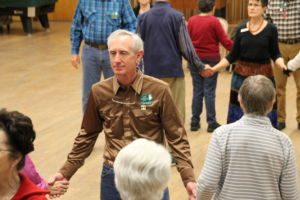
Twirler’s Club President Tom Shores compares the weaving square dancing sequences to human origami.
“The caller has manipulated the sets of people by folding them in and out and it’s all impromptu,” Shores said. “It’s a pretty complicated chess game because you get all of these people mixed up and you have to figure out how to get them back where they started.”
To appeal to younger generations, the Twirlers have tried incorporating technology into different aspects of their club. For example, club member Brad Christie developed the dance aid application app “Taminations,” which helps aspiring dancers learn the basic of square dancing through their phone so that they are prepared once the real partner dancing begins.
“There really wasn’t any sort of software to help dancers out, so I figured that it was a need that should be filled,” Christie said. “I had a lot of programming and developing experience so I figured, why not?”
Square dancing is only called in English, so dancers across the world have been able to use Taminations regardless of where they dance.
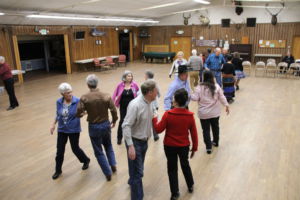
Combined, Taminations and the Tam Twirlers attempt to advocate and promote an art that has lost popularity in modern culture. According to the Tam Twirler’s website, square dancing was once a common form of dance for young adults in the 1970s, yet begun to lose popularity in recent decades. For this reason, there is a false association of the elderly and square dancing, when the movement truly began with the youth.
“The reality is that square dancing started as young and exciting, and it still can be. Some clubs cater to high energy youths, while others cater to a slower elderly crowd,” states the club’s website.
The Tam Twirlers will continue to meet to every Wednesday night at the Marin Rod and Gun Club in San Rafael.



